It is hard to escape the widespread discussion of declines in childhood mental health. According to the CDC, 40% of high school students indicated that they had experienced sadness severe enough that it impeded their ability to do their normal activities for at least two weeks. These issues seem worse for girls.
Jon Haidt’s The Anxious Generation made this a widespread public discussion. The book makes many good points but is probably best known for the argument that phones and social media have played a large role in the mental health decline.
But phones and screens are not the only plausible explanation. Others point to the 2016 election (although the timing doesn’t quite fit) or some general sense of doom (although it has been pointed out that existential global threats are not new to this generation).
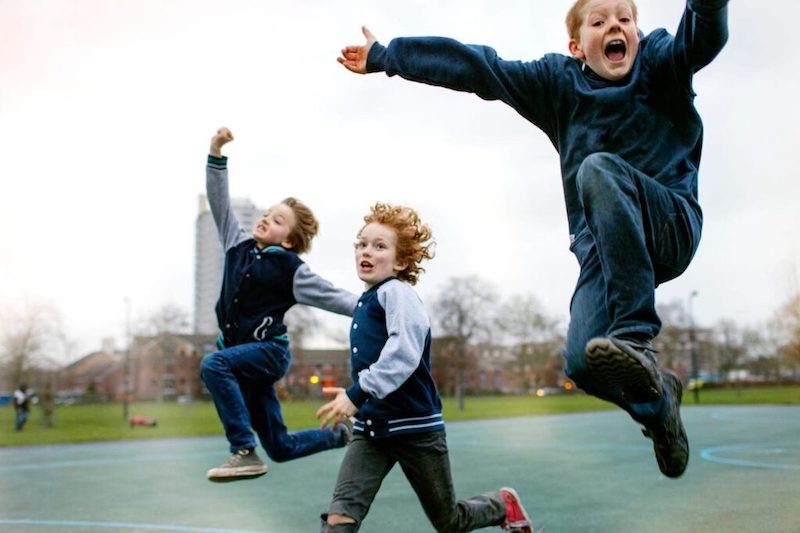
In 2023 the Journal of Pediatrics released a commentary that makes a different argument. Specifically, the authors argue that a loss of independence for children is a significant contributor to these trends. In their words:
“Our thesis is that a primary cause of the rise in mental disorders is a decline over decades in opportunities for children and teens to play, roam, and engage in other activities independent of direct oversight and control by adults.”
What the authors of the piece do is try to pull together a case for this link based on a number of indirect pieces of evidence. It’s extremely hard to be fully convincing in this case (more on this at the end). But I found the data they talk about interesting, and maybe you will too.
The first piece of evidence is the decline in mental health, which everyone agrees is occurring. The other key arguments: that child independence has declined, and that this is linked to happiness.
Has independence declined over time?
The argument that the physical independence of children has declined over time comes down to a bit of data and a lot of “look around, it’s obvious.” The authors of the commentary in the Journal of Pediatrics draw on an academic book that analyzes changes in parenting advice over time and shows that earlier eras more often portray children as independent, going out and playing alone in early childhood, and having more adult responsibilities (like jobs) at the age of 11 or 12.
You can see this even in something like The Baby-Sitters Club. The seventh graders in these books — published from 1986 to 2000 — are babysitting for young infants, including at night, making dinner, cleaning the house, and so on. The feel of the world is somewhat different than what many of us experience with our children now.
For more concrete data, the authors draw on a survey in European countries that focused on how much independent mobility kids were given. For metrics like “Can children walk home from school alone?” independent mobility declined over the period 1990 to 2010. And this is Europe! The U.S. tends to be even more cautious.
The authors seemingly worry here about both physical independence and free time. Kids are in school for more hours and involved in extracurricular activities and homework for more hours. Their time is more structured and less free. The authors also comment specifically on the loss of ability to engage in slightly risky activities (climbing a tree, for example) out of the sight of adults.
It would be helpful to have even more precise data about this — and perhaps a better sense of when these changes really picked up — but it seems hard to argue with the conclusion that, relative to the 1980s, children have less physical freedom.
What is the link between independence and happiness?
If we acknowledge that independence has gone down, making the link to happiness would require knowing that those factors are related. The evidence here is a lot more indirect.
One argument is that children like to play (this seems obvious but is also a topic of research) and — this part is less obvious — that play often means without adults. There is some review data on this, and the authors point to one study in which kids between the ages of 4 and 6 were asked to classify pictures into play versus not play. The interesting finding is that when they see pictures where a teacher is involved, they are less likely to classify them as play. Play seems to be when it’s just kids.
Other data presented would be consistent with this but has multiple interpretations. Adolescent and teen mental health tends to improve in the summer; this is a time of more independence, but there are other changes too. It’s hard to link that directly to independence.
The play evidence is on short-term happiness. When we turn to the longer-term links, the authors move quickly from data to theory.
The authors link their ideas to theories about “locus of control.” It has been widely demonstrated that having low levels of internal locus of control — basically, feeling that you do not have a lot of control over your own life — leads to higher levels of depression and anxiety. Feelings of internal locus of control have declined over time. The authors hypothesize that independence at younger ages, with the associated need to problem-solve, could contribute to higher levels of internal locus of control. By extension, the loss of this time may contribute to the decline in these levels. This idea fits, but it requires us to stretch beyond the data in the link between independence and these feelings.
A second theoretical link is with self-determination theory, which suggests that people are happier if they feel like they are living in accordance with their own desires, rather than being driven from the outside. The authors again hypothesize — although this isn’t something we see directly in data — that independence might play a role in increasing these feelings of self-determination.
A final point relates to our evolutionary background. For most of human history, and still in many societies today, children had more freedom (and more was expected of them in terms of contribution to the larger group). The common setup we have today, with the combination of scaffolding and expectations, is counter to this. So perhaps kids are not adapted to it.
The authors make a few other points, looking at correlations between parenting styles and child outcomes and reflecting on what adults say about their formative life experiences. These sections are both the most interesting and — the authors acknowledge this — the most under-evidenced claims. The argument “things were different in paleolithic times” can be both true and also not responsible for an increase in mental health issues. It seems like an area that would be ripe for more research, which would probably have a more significant experimental component.
The paper spends less time on the “how” of making this work. Our built and social environment isn’t necessarily set up for kids to play outside all day until dark. The answer is probably: baby steps. Could a child walk themselves home from school or the bus stop? Could you work with another neighborhood family to let the kids do some unsupervised play in a way that you were both comfortable with? Summer can be a good opportunity here. The authors of the paper are writing for pediatricians and arguing that providers should talk to families about what might be possible for them.
The role of risk in childhood
The authors start the paper as I started this article — with a discussion of trends in mental health over time. This is a hard claim to strongly support in the data. For one thing, many of the changes they discuss are taking place over decades, not only in the past 10 years. The trends in mental health are long-standing, but it does seem like in the period since 2012 there has been a significant trend change. These data do not provide an explanation there.
(More generally: It is extremely difficult, not to say impossible, to imagine nailing an answer to this question. We are looking to explain a broad trend shift from sometime around 2012. A lot of things happened in 2012. Hasbro reintroduced the Furby. The Avengers came out. Of course, it’s not likely that a creepy fuzzy toy or a blockbuster movie franchise drives teen mental health, but the evidence for it isn’t that much weaker than some other theories about social media.)
However, I think these issues bear thinking about even if they do not explain this particular trend, or only partially relate. A key point made in the paper is that many parents right now spend a lot of time protecting their children from exploring slightly risky situations — things that would stretch their problem-solving just a bit, or even scare them a little. When I reflect on my childhood, experiences like those did stick with me, but they were also very formative.
I spent a fair amount of my childhood playing unsupervised in the parking lot of the church down the street. One game, “elimination,” involved trying to catch a tennis ball thrown against a wall, with the loser having to stand on the wall while other people tried to throw the ball to hit them. I do not remember this especially fondly, but I cannot help but wonder whether experiences like that better prepared me for the metaphorical ball-throwing that is part of talking in the public eye.
The point is not that our children need to play elimination in a parking lot. But I was compelled by this piece to some reflection on scaffolding, and perhaps a greater need to look at where we are comfortable introducing independence to our kids. We have a strong and appropriate parental instinct to protect our children. The point here is that letting them go a little freer is actually part of that protection.
The bottom line
- The reason for the decline in childhood mental health is a hotly debated topic. Some experts blame it on cellphone use, while others attribute it to a decrease of independence for children over the years.
- Over time, childhood independence (playing outside unsupervised, for example) has decreased, and the authors behind a commentary in the Journal of Pediatrics argue that this is a key part of the puzzle.
- Many parents right now spend a lot of time protecting their children from exploring slightly risky situations — things that would stretch their problem-solving just a bit. We have a strong and appropriate parental instinct to protect our children, but letting them go a little freer may actually be part of that protection.









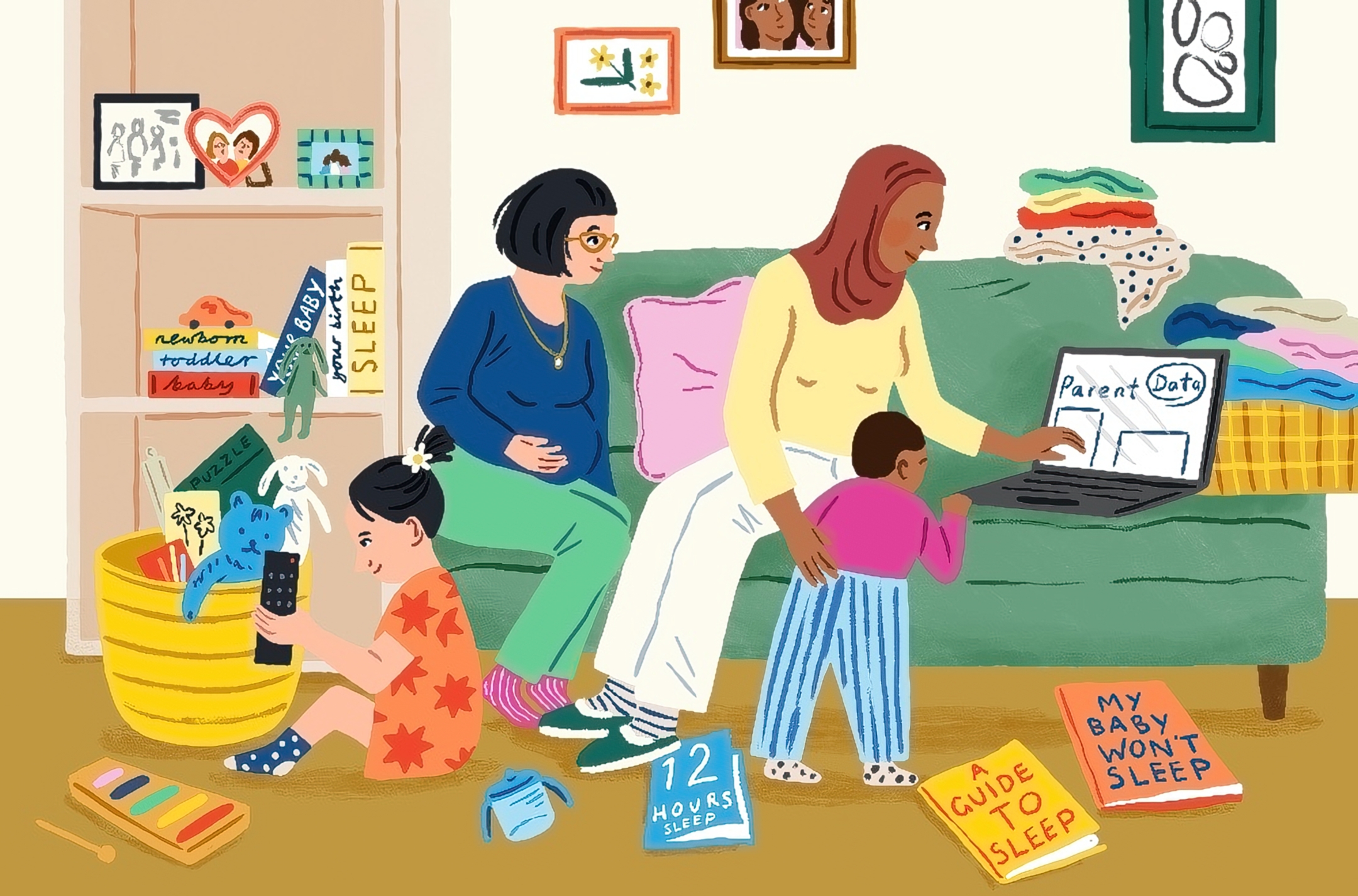
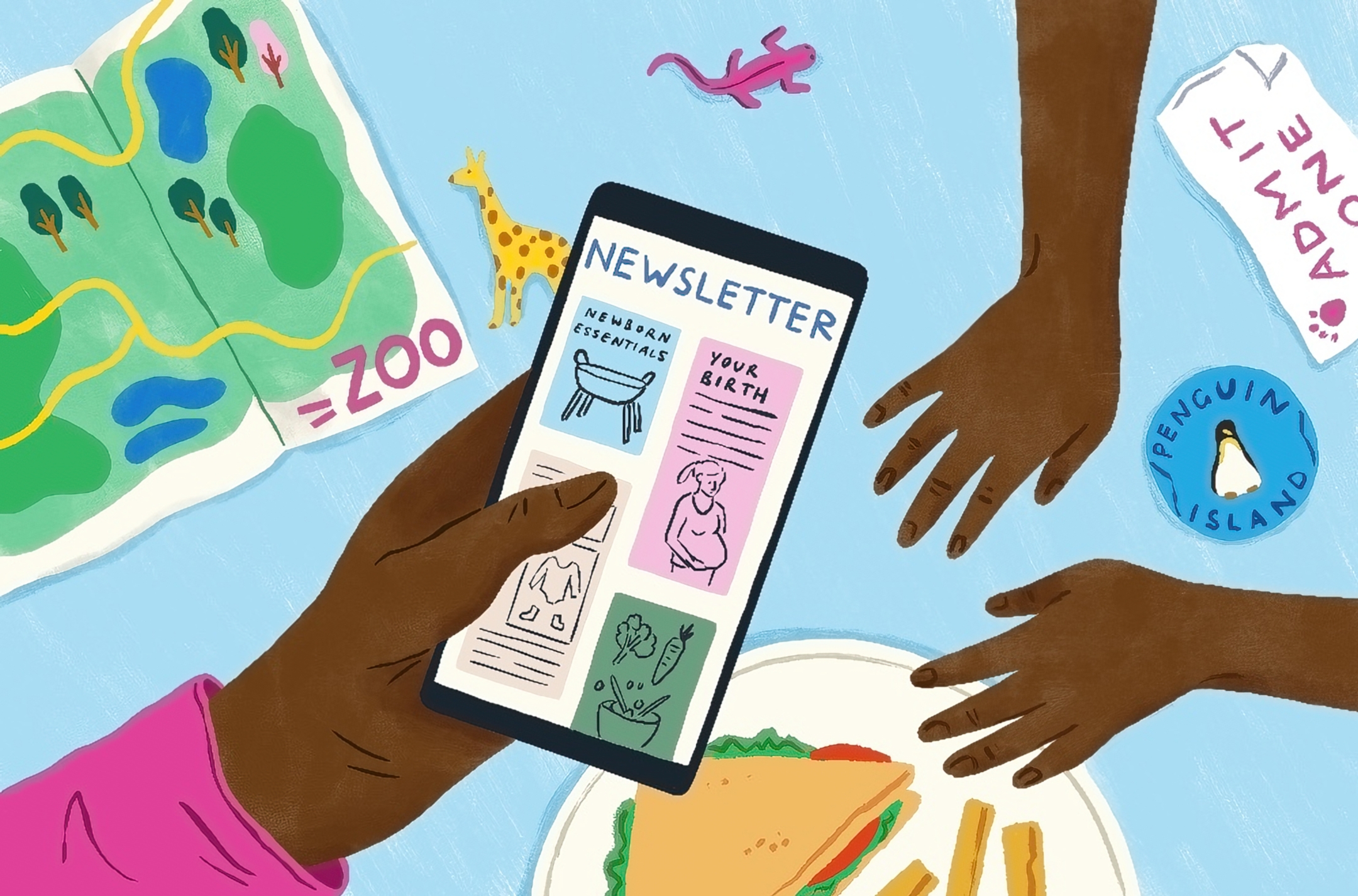



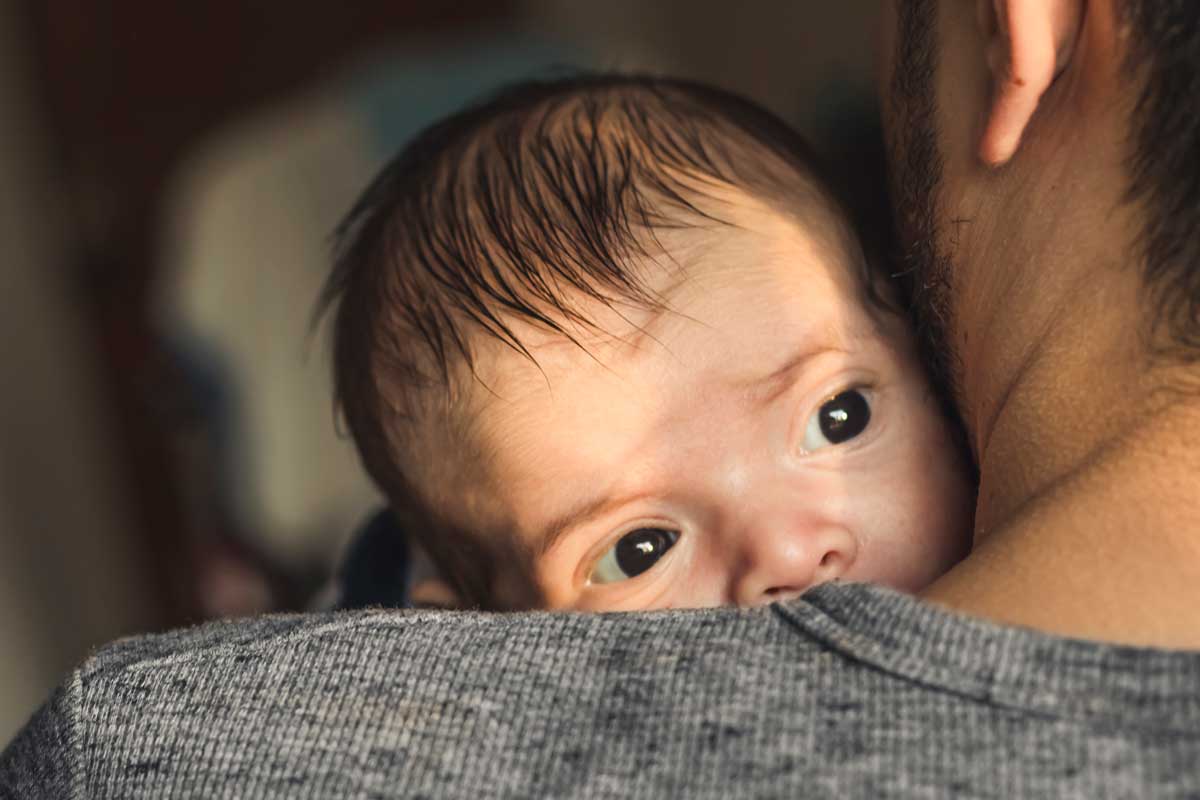
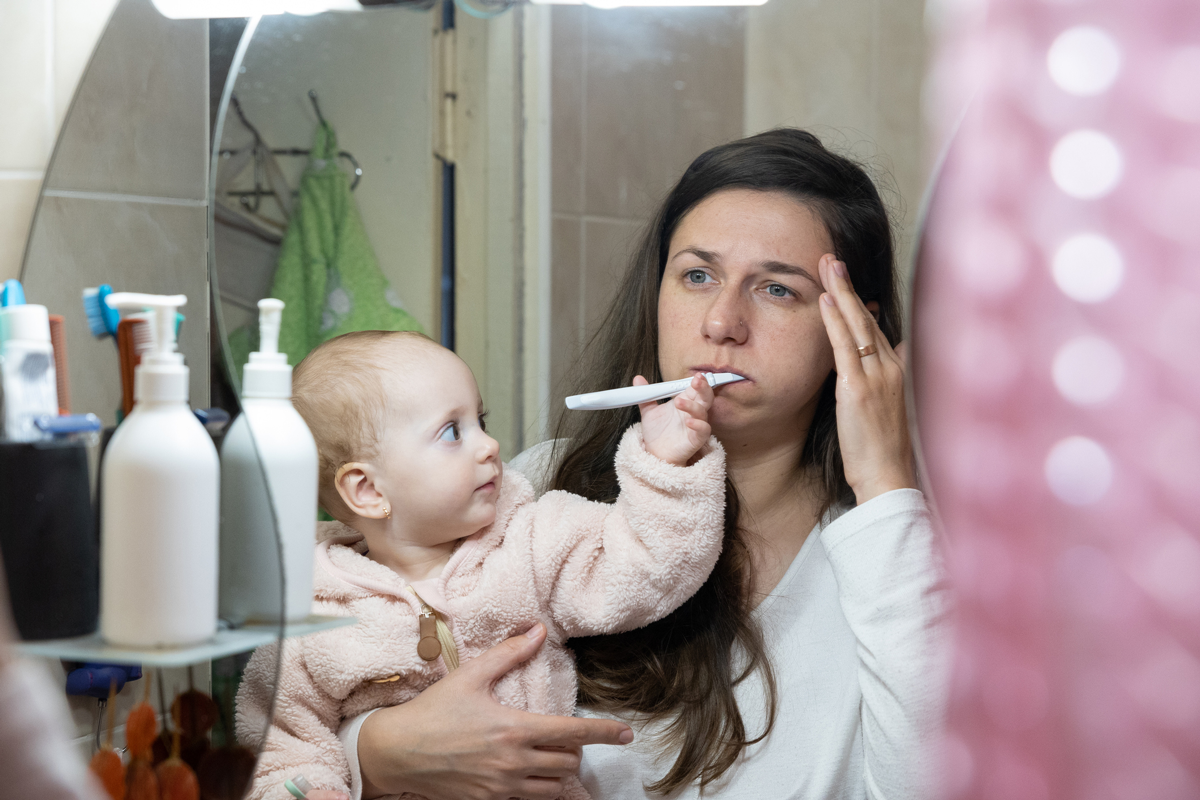

Log in
I really think it’s the phones. Previous generations were forced to relieve boredom and awkwardness via talking with their peers in person or by reading physical books, both of which generally boost mood. Doomscrolling on phones generally makes people feel worse, but you don’t have to do anything that feels risky to do it, like striking up a conversation does.
And the lack of independence drives the phones. Previous generations weren’t so much forced to relieve boredom by talking in person. That was simply how they gathered. We accepted that and dealt with the occasional fallout. They are, however, basically forced onto the phones. Because they will seek to gather, to relieve boredom, and to hang out. It is what teens do. We are hardwired to connect with others, perhaps especially our peers. But where and when are they going to do that these days? School and extra-curricular activities take up most of their time in adult-supervised activities. Teens hanging out alone at the mall or the park is actively discouraged. Independent jobs like babysitting or volunteering are drying up. Parents of young ones want adults for those jobs. As a mom of 4 young adults, I’ve just lived this, watching my kids get the suspicious eye while volunteering at Sunday School or walking the track at a local club. These were once acceptable, even encouraged acts for teens. But now, the vibe is a thrum of “we don’t want you here” side-eyes and shoulders. That frankly is depressing enough, but it also leaves them one “space” left for gathering. Online. And worse, more than any real space, they can find times and spaces to gather without any supervision.
The lack of independence sends them to the phones, and then the phones do their thing.
I mean… It’s probably both.
I wonder about different countries and cultures though.
I grew up in Israel, but have no clue how the children of today grow up there. Israel is probably an outlier on many parameters which are hard to tease apart :/
Yeah, and they are interlinked – time on devices absolutely displaces time spent in community and doing interesting real-world things, for children AND adults. (If I’m not mistaken, Jonathan Haidt also makes this link?)
I bet, as you suggest, there are significant cultural differences; I know things are still slightly different in the European country where we live than they are in the States. (Kids here have a lot more independence – though not as much as in previous generations – but they are still anxious and depressed, which seems to lend some credence to the device hypothesis.) That said, though, these same kinds of changes are happening pretty fast around the world, as far as I can tell.